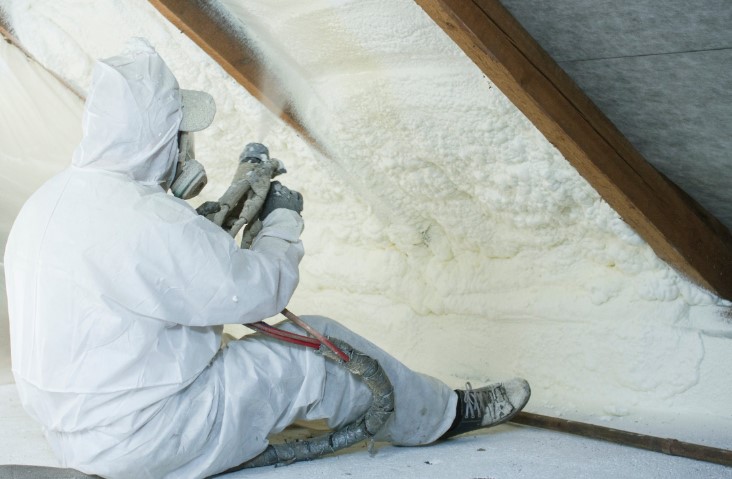The Science Behind Closed Cell Spray Foam Insulation: A Comprehensive Guide

In the dynamic realm of home insulation, innovations continually reshape the landscape, with closed cell spray foam insulation services emerging as a standout solution. This comprehensive guide delves into the science and technology behind this increasingly popular method, uncovering its unique composition, exceptional thermal performance, and the latest breakthroughs in scientific research.
Understanding Closed Cell Spray Foam Insulation
Closed cell spray foam insulation services have gained traction for their ability to provide an airtight seal, effectively creating a barrier against heat transfer. Comprising a combination of polyurethane and isocyanate, this foam expands upon application, filling gaps and voids to create a robust insulation layer. The closed-cell structure ensures a denser and more rigid foam, offering enhanced insulation properties compared to open-cell alternatives.
The Power of Thermal Performance
One of the key reasons closed cell spray foam insulation is gaining popularity is its remarkable thermal performance. This insulation method boasts a high R-value, indicating its efficiency in resisting heat flow. Homeowners benefit from increased energy efficiency, reduced utility bills, and a more comfortable living environment year-round.
Unlocking the Composition
To comprehend the science behind closed-cell-type spray foam insulation, it is important to understand its composition. The polyurethane and isocyanate components undergo a chemical reaction during application. This reaction triggers the expansion of the foam, allowing it to fill even the tiniest crevices. As a result, the insulation forms a continuous and impermeable layer that effectively hinders the infiltration of air and moisture.
The Rising Popularity of Closed Cell Spray Foam Insulation
In recent years, closed cell spray foam insulation has witnessed a surge in popularity, and for good reason. Homeowners and builders alike are drawn to its myriad benefits, including:
- Energy Efficiency: The airtight seal created by closed cell spray foam minimizes energy loss, making it a sustainable choice for environmentally conscious individuals.
- Durability: The dense structure of closed cell foam contributes to its durability, providing a long-lasting solution that requires minimal maintenance.
- Versatility: This insulation method adapts to various surfaces and substrates, making it suitable for diverse applications, from residential homes to commercial buildings.
Staying Informed: Scientific Research and Breakthroughs
To grasp the full scope of closed cell spray foam insulation, staying informed about the latest scientific research and breakthroughs is paramount. Curated news and media coverage shed light on advancements in the field, from improved formulations to novel application techniques. This ongoing research ensures that the insulation method continues to evolve, meeting the ever-changing demands of the construction industry.
READ ALSO: Airdoctor 5000 – Technology For Cleaner And Healthier Air In Your Home
Embracing Innovation for a Greener Future
In an era where the call for energy-efficient and environmentally sustainable construction methods intensifies, closed cell type spray foam insulation emerges as a beacon of ingenuity. Its capacity to diminish energy consumption, paired with its adaptability and resilience, establishes it as a crucial element in the pursuit of more eco-friendly living environments.
Conclusion
In conclusion, closed cell spray foam insulation services are not merely a trend but a transformative technology shaping the future of building insulation. By understanding its composition, appreciating its thermal performance, and staying abreast of scientific advancements, homeowners and builders can make informed decisions to create more energy-efficient and comfortable living environments.
